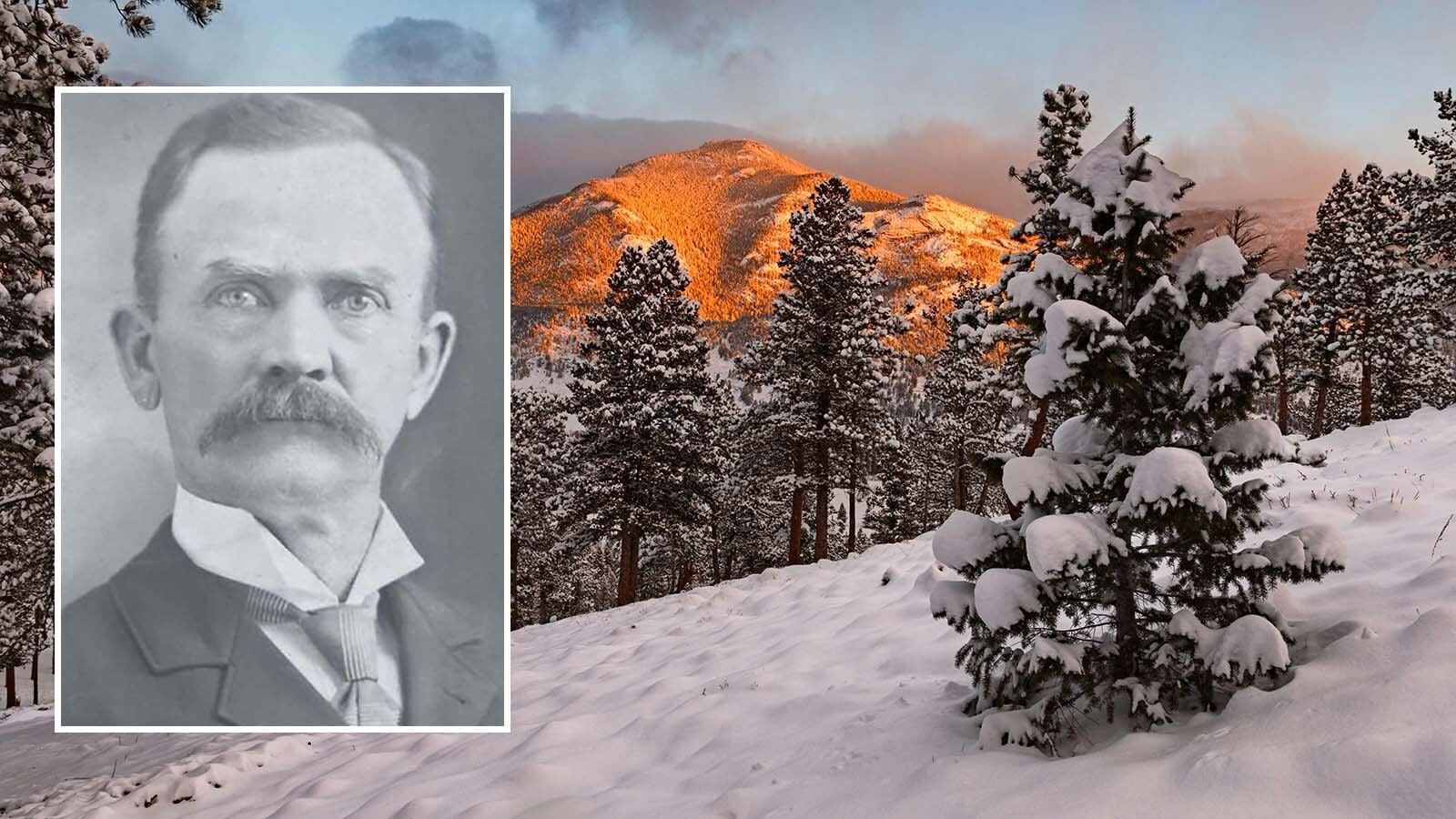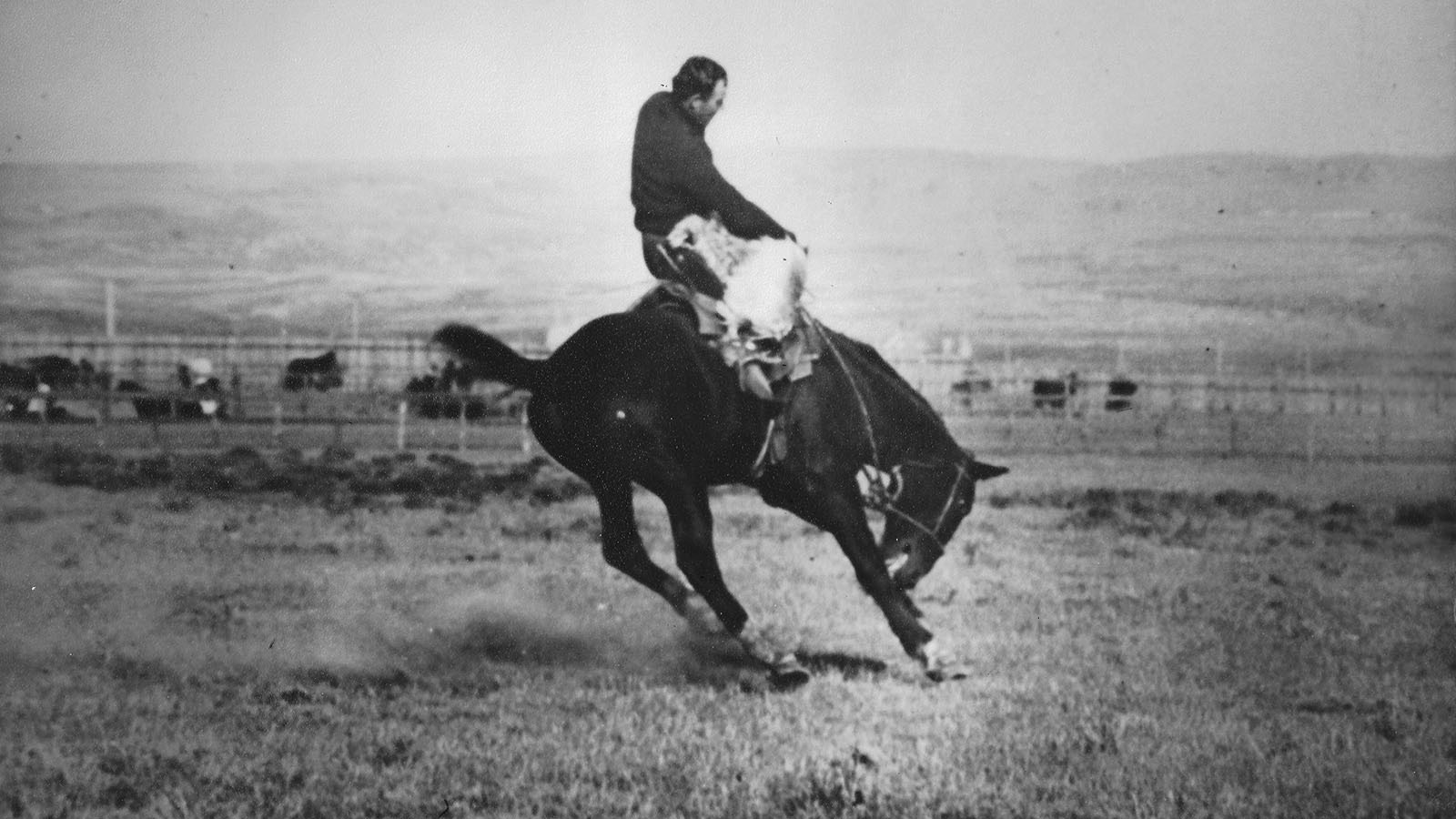Colorado has the distinct honor of being home to two of the greatest cattle ranches in the American West, both founded by two very different men. Yet these men had a lot more in common on closer inspection then one might think.
John Wesley Iliff, Colorado’s first cattle king, was born in Ohio in 1831 and named after the state’s founder of Methodism. He was among the elite group of ‘59ers who settled in Colorado Territory and went on to amass a fortune. Iliff died of alkali poisoning at the age of 46.
John Wesley Prowers built the largest cattle ranch in southern Colorado. He, too, was named for the founder of Methodism. And like Iliff, Prowers also died in his forty-sixth year. Both John Wesleys were honest, pioneering men and very determined.
Prowers Settles Near Bent’s Fort
Prowers, born in Missouri, came west at the age of eighteen. At Bent’s Fort on the Arkansas River, he found work as a clerk, and later lead supply wagons along the Santa Fe Trail. After seven years on the trail, Prowers was ready to strike out on his own.
In his home state of Missouri, he purchased six hundred head of cattle and drove them to new land he had purchased near Fort Lyon, in 1862. That same year he married a pretty Cheyenne woman by the name of Amache Ochinee. The couple had seven children.
By 1865, Prowers had moved his growing family and large cattle holdings to land he purchased near a small community he helped found, known as Boggsville. This became the social center for soldiers and officers of Fort Lyon, who were hosted by pioneer legends as Thomas Boggs, Kit Carson, Prowers, and his Cheyenne in-laws.
In time, Prowers controlled over forty miles of river land along the Arkansas River, with additional land acreage of over four hundred thousand acres. Prowers, along with Robert Bent, were credited with building the first successful irrigation ditch from the Purgatoire River.
Prowers crossed his Missouri cows with shorthorn bulls and later Herefords. His prized Kentucky bulls cost over two hundred dollars each and were the beginning of a herd of 70,000. His cattle ranch shipped an average of 10,000 cattle back east, per year.
Working with Charlie Goodnight
In 1873, Prowers, in partnership with Charles Goodnight, built the first slaughterhouse in southern Colorado. The new business supported the local economy and this provided Prowers and Goodnight a way to strengthen the quality of their cattle.
Prowers later moved to Las Animas, became president of the local bank, and was appointed county commissioner.
Prowers fell ill and suddenly died on February 14, 1884. Five years later, when the county he had served was divided into additional counties, his name was given to one of the southernmost counties in the state.
John Wesley Iliff Begins A Cattle Empire
Equally important to the state and its ranching heritage, was John Wesley Iliff.
Like Prowers, Iliff began in Colorado as a clerk in early Denver, and like Prowers, Iliff gained experience working with supply wagons in and out of Denver. Iliff also had a working relationship with Goodnight, and he also became partners with Oliver Loving.
Iliff began his cattle empire in an usual way. As travelers came through Denver to stock up on supplies before heading on to the gold fields, Iliff would purchase their injured, sick or weary cattle for a very small price. He moved them to rented pastures and later sold the fattened cattle to the mining camps.
As his business improved, Iliff gained contracts with the area army posts, Indian agencies, and later the railroad.
To provide for his new contract business, Iliff purchased land northeast of Denver along the South Platte River. Growing up on a farm in Ohio, Iliff knew good grazing land when he saw it.
Using The Goodnight-Loving Trail
The cattle thrived on the grassland, which also cured well into hay for winter feeding. Iliff bought 800 head of cattle from Oliver Loving, following Loving’s first trail drive from Texas to northern Colorado, along the Goodnight-Loving trail, blazed three years earlier.
This new partnership would continue for many years, with Loving driving an average of 10,000 Texas longhorns per year to Iliff’s ranch in northeastern Colorado.
Iliff became respected by the area ranchers and farmers, and Cheyenne Indians. His trustworthiness and honesty were so well known that during the South Platte Indian raids, following the Sand Creek Massacre, Iliff’s ranch was never attacked.
During the severe drought of 1863, Iliff moved his cattle near Fremont’s Orchard, where several streams flowed into the South Platte River. By winter, his livestock had survived and Iliff bought the surrounding land.
In time, Iliff’s ranch covered over 100 square miles from north of Denver to the Wyoming border and eastward into the state of Nebraska. The railroad town of Iliff was named in his honor, as well as several railroad line camps in the bordering states.
By 1877, Iliff had amassed more property than any rancher in the state with over 40,000 head of cattle roaming his open range. When he died in 1878, John Wesley Iliff truly was Colorado’s cattle king.
The two John Wesleys – Prowers and Iliff – were Colorado ranchers with similar beginnings who came to own much of the state’s ranch land.
In the end it seems there were few differences; except perhaps that one ruled the northern half, and the other ruled the southern half of the state. Both ran Colorado’s greatest cattle empires.
Linda Wommack can be reached at lwomm3258@aol.com





